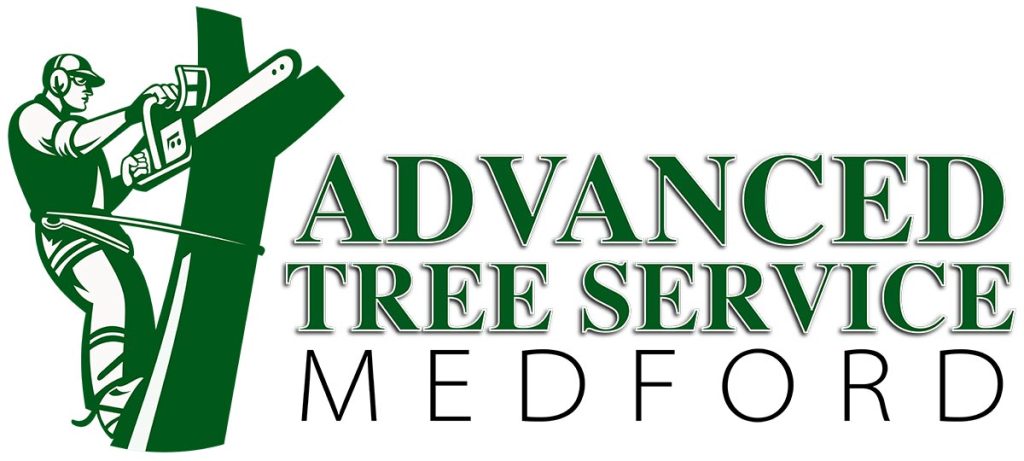 Without becoming an arborist yourself, here are some general “tips” for estimating the health of your trees, or at least – knowing when you should call us! Take a walk around your property and look at your trees with this prospective and these questions in mind:
Without becoming an arborist yourself, here are some general “tips” for estimating the health of your trees, or at least – knowing when you should call us! Take a walk around your property and look at your trees with this prospective and these questions in mind:
• Leaf Size: If you have stunted or dwarfed leaves – this is one of the first signs of a stressed tree. Compare your trees to others on nearby properties to see if yours are similar in size or smaller.
• Leaf Color: Yellowing leaves on a tree is generally a sign of chlorosis, which means the tree isn’t getting enough nutrients. This usually happens because the tree isn’t getting the nutrients from the soil to the leaves, but sometimes its because the soil itself may be deficient. Also, new leaves are yellowish when they come out; if they take a very long time to green, that could be a sign of nutrient deficiency. Generally, if your tree isn’t completely green by the end of May, you should call us in.
• Foliage Density: The number of leaves a tree has is a good indication of its overall health. Try looking at the sky behind the tree; if you see more blue, that means less foliage density. Again, compare with other trees nearby.
• Dead Limbs: Dead limbs on a tree are natural. Knowing whether they indicate poor health is a matter of where the dead limbs are located. It’s a natural thing for dead limbs to show up on the underside of the canopy of the tree, especially where there is lots of shade. A dead limb is a problem, however, when it reaches to the top of the canopy – and is getting plenty of direct, full sunlight. Limbs that are in this position shouldn’t die, and if they do, then it’s a problem.
• Broken Limbs: Don’t leave broken limbs alone, they can lead to problems. A jagged wound won’t heal well, and will lead to more extensive decay, which in turn leads to more broken limbs.
• Trunk Injuries: A tree doesn’t have any way to heal a gash or wound to its trunk. If you have an injured tree, it’s important to call us to help you deal with it, as an injury to the trunk can stress a tree tremendously.
• Irrigation: The number one, absolute best thing you can do to improve the health of your trees is to water it correctly.
• Drainage: Water is crucial, but if it doesn’t drain, then the tree will die. Consider 3 days a good benchmark; if water is still standing around your tree on the fourth day – then there is cause for concern. *Important: three weeks of standing water will kill most trees automatically!
• Herbicides: Many people don’t realize that all weed-n-feed products for a lawn are tree killers. There are very few herbicides that will kill weeds – but are safe for trees. If there are no weeds around your trees, it’s actually not a good sign!

